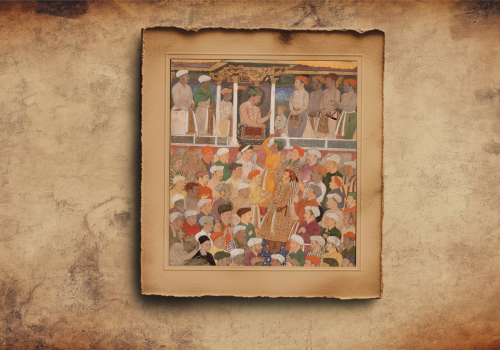In 1881, one pice postal stamp was introduced in the state. Raja Bikarm Singh had a religious bent of mind and was a leading figure in the Sikh renaissance at the turn of the 19th century. He was a patron of the Khalsa Diwan, Amritsar, to which Singh Sabhas then springing up in the Punjab were affiliated. Following the publication in 1877 of Ernest Trumpp`s The Adi Granth, not received favourably by the Sikhs, Raja Bikram Singh commissioned a full scale commentary in Punjabi on the Holy Book. To this end, he appointed a distinguished synod of Sikh school men of the period. The work which resulted from its labours is now famous as the Faridkot Tika and occupies an honoured place in the Sikh exegetical literature.
At a public meeting of the Sikhs in Amritsar convened on 14 August 1897, Raja Bikram Singh announced in honour of Queen Victoria`s Diamond Jubilee a donation of rupees one lakh for electricity to be brought to the premises of the Golden Temple and for a new building for the Guru ka Langar. He was among those Indian princes who were sympathetic to the cause of the deposed Maharaja Duleep Singh. He had holy shrines raised in memory of Sikh Gurus and martyrs at Gurusar, Lakkhi Jungle, Muktsar (Gurdwara Shahid Ganj) and Srinagar. He was appointed a Fellow of the Panjab University to which he donated large sums of money. Raja Bikram Singh died on 8 August 1898 and was succeeded by his son, Balbir Singh.
References :
1. Griffin, Lepel, The Rajas of the Pun/ab[Reprint]. Delhi, 1977
2. Harbans Singh, Faridkot Itihas Bare. Faridkot, 1947
3. Ganda Singh, The Patiala and the East Panjab States Union: Historical Background. Patiala, 1951


